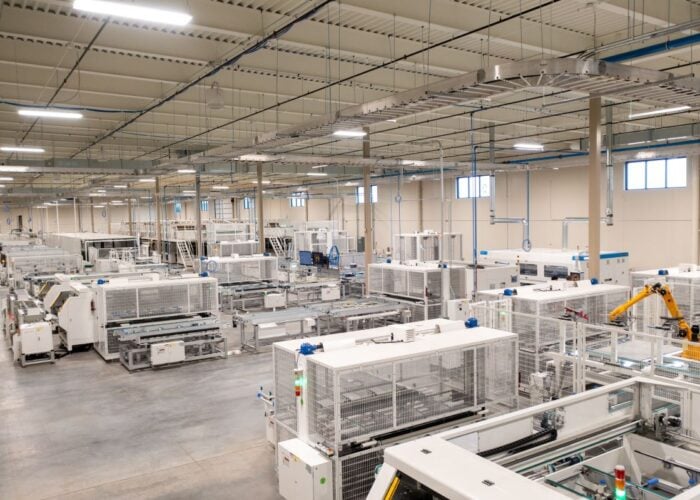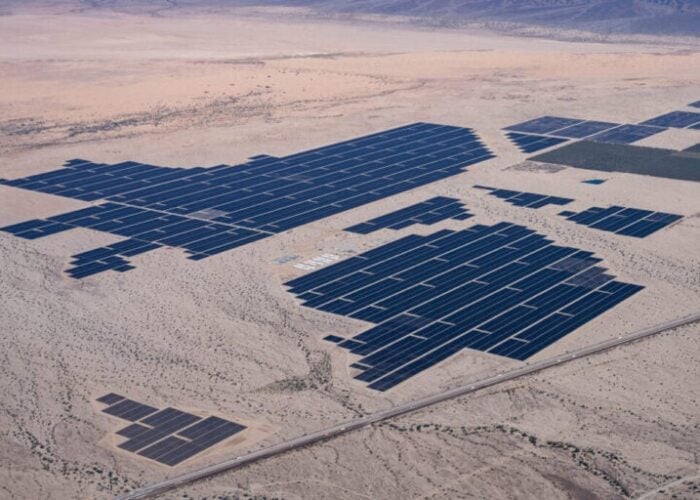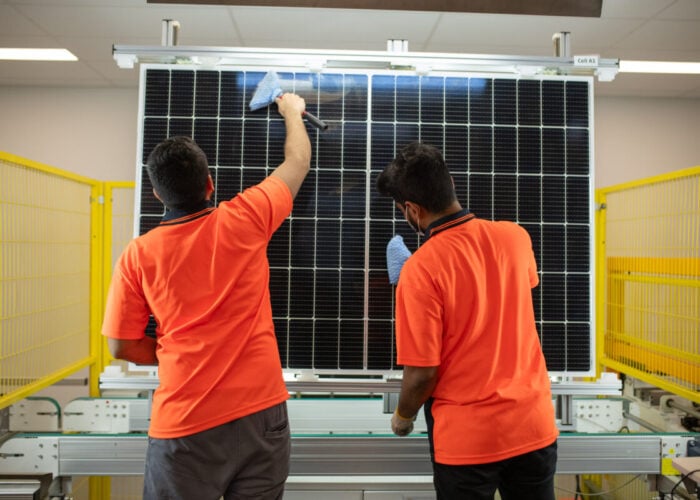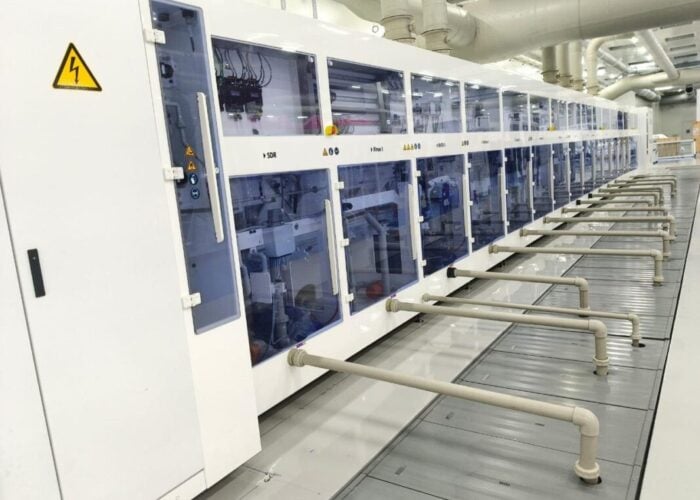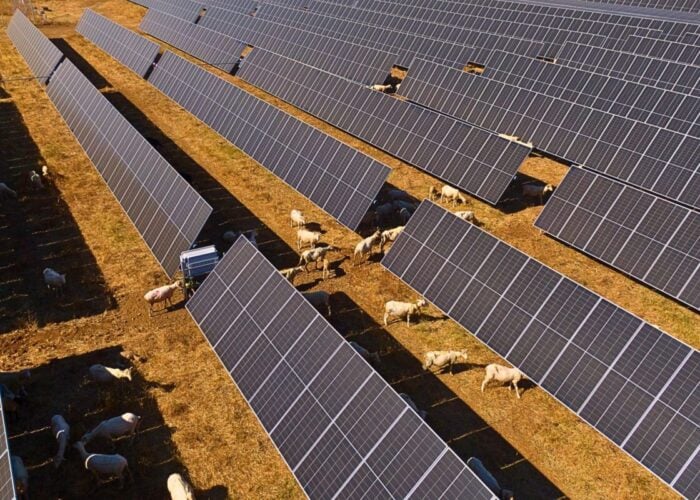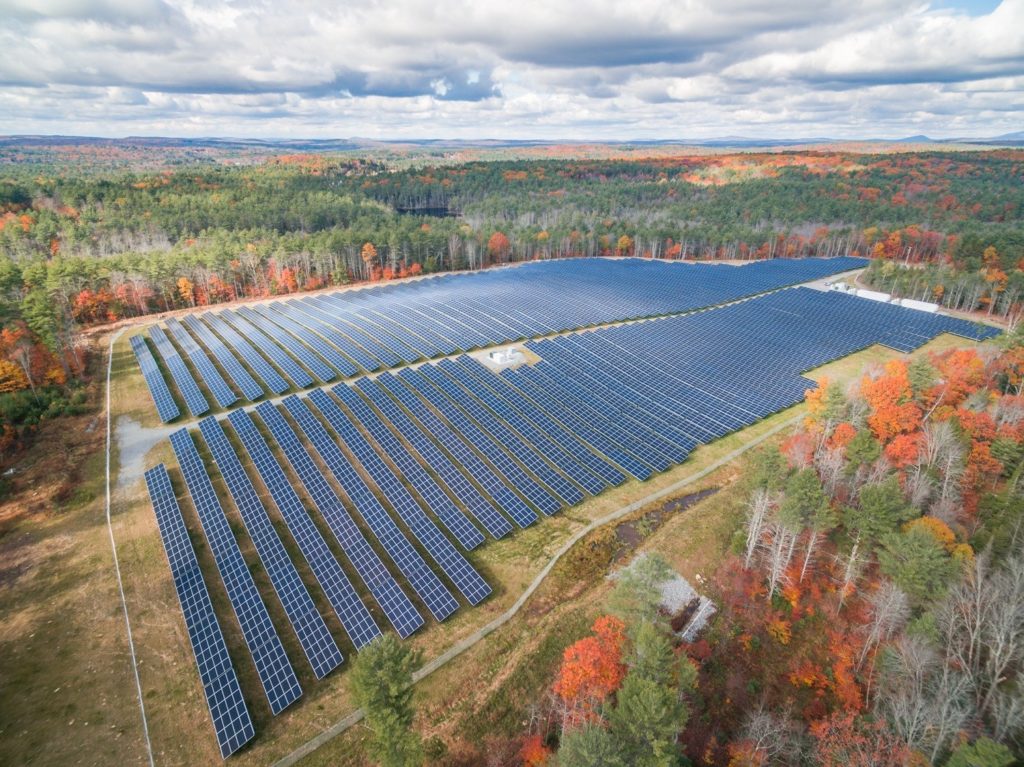
US community solar developer Nexamp has signed a 1.5GW module supply deal with Canadian PV manufacturer Heliene to deploy the latter’s modules at its community solar sites over the next five years.
The modules will be produced at Heliene’s Minnesota facility, which it is currently expanding to reach 1.5GW of module production capacity by next year and 1GW of cell production in 2025. The factory will produce tunnel oxide passivated contact (TOPCon) modules, which Nexamp said it will deploy at over 400 community solar sites across the US.
Unlock unlimited access for 12 whole months of distinctive global analysis
Photovoltaics International is now included.
- Regular insight and analysis of the industry’s biggest developments
- In-depth interviews with the industry’s leading figures
- Unlimited digital access to the PV Tech Power journal catalogue
- Unlimited digital access to the Photovoltaics International journal catalogue
- Access to more than 1,000 technical papers
- Discounts on Solar Media’s portfolio of events, in-person and virtual
Zaid Ashai, chairman and CEO of Nexamp said that the deal would: “help foster a more resilient supply chain, create green jobs throughout the Midwest, and accelerate the transition to a more just, secure, and resilient energy future.
“A solar order of this size is without precedent and comes at a critical time as the US continues to develop its solar supply chain,” he continued.
Indeed, the US’ solar supply chain has been under pressure of late as the Department of Commerce’s antidumping/countervailing duty (AD/CVD) ruling is set to put strain on US manufacturers who lack domestic cell capacity according to research company Exawatt, who spoke to PV Tech Premium this week.
The announcement from Nexamp emphasised the stimulating effect of the Inflation Reduction Act (IRA) on US solar manufacturing and deployments. Heliene spoke with PV Tech Premium earlier this year about some of the issues that developers and manufacturers may face regarding the domestic content tax adders included in the IRA, and its particular position which it believes will allow it to reap the benefits of the adder.
Community solar has also been buoyed by the IRA. Wood Mackenzie expects the sector to reach 14GW of capacity by 2028, partly as a result of IRA incentives, and other initiatives across the US have seen community solar begin to penetrate agricultural communities and widen the net of solar deployment options.
Nexamp itself secured US$400 million in June to develop a 250MW community solar portfolio across rural communities in Maine, Maryland, Massachusetts, New York, Minnesota, and Illinois.

